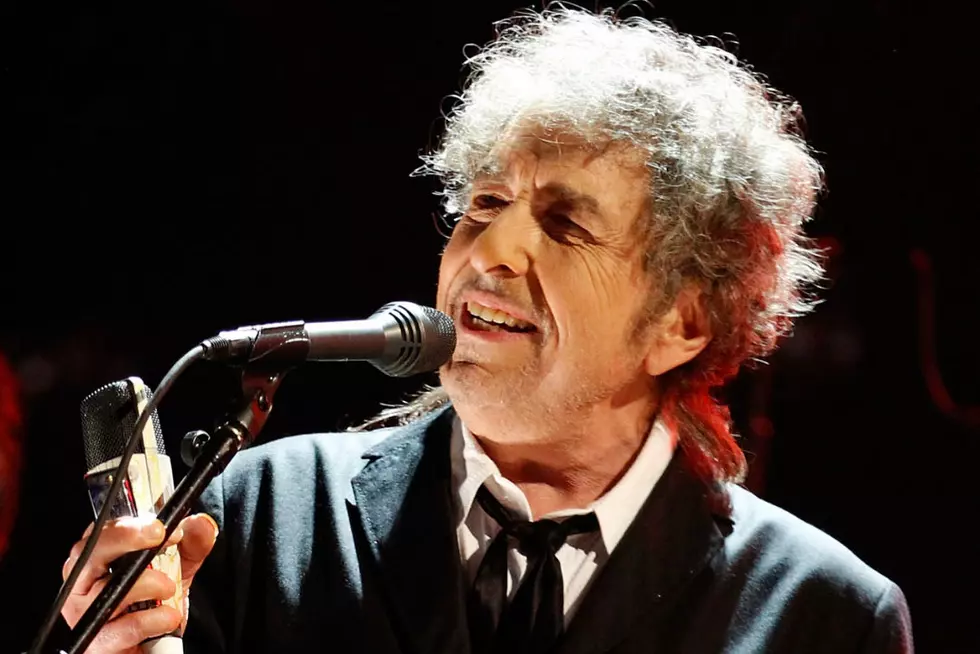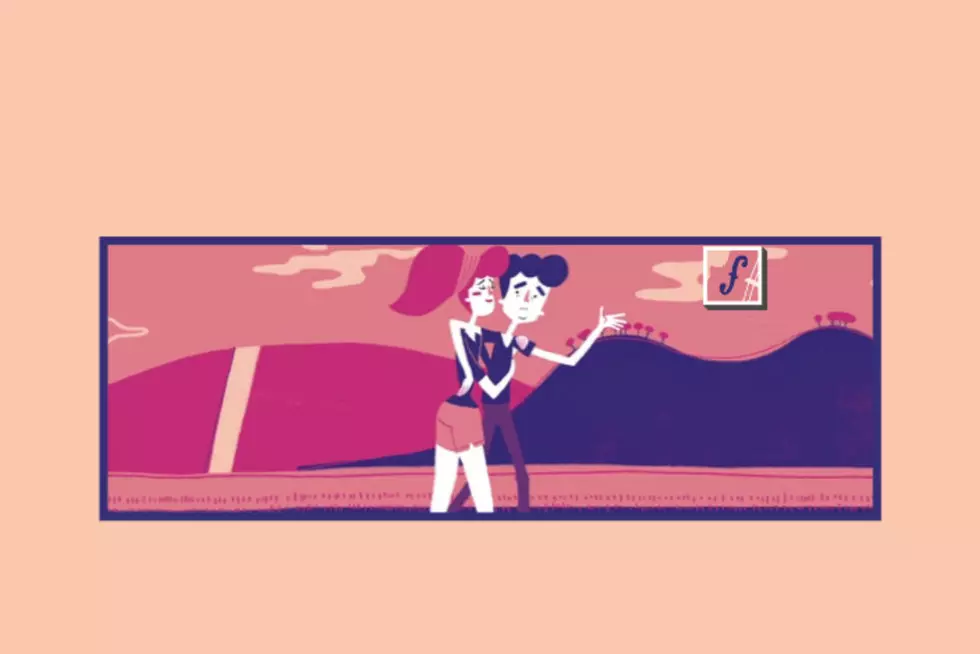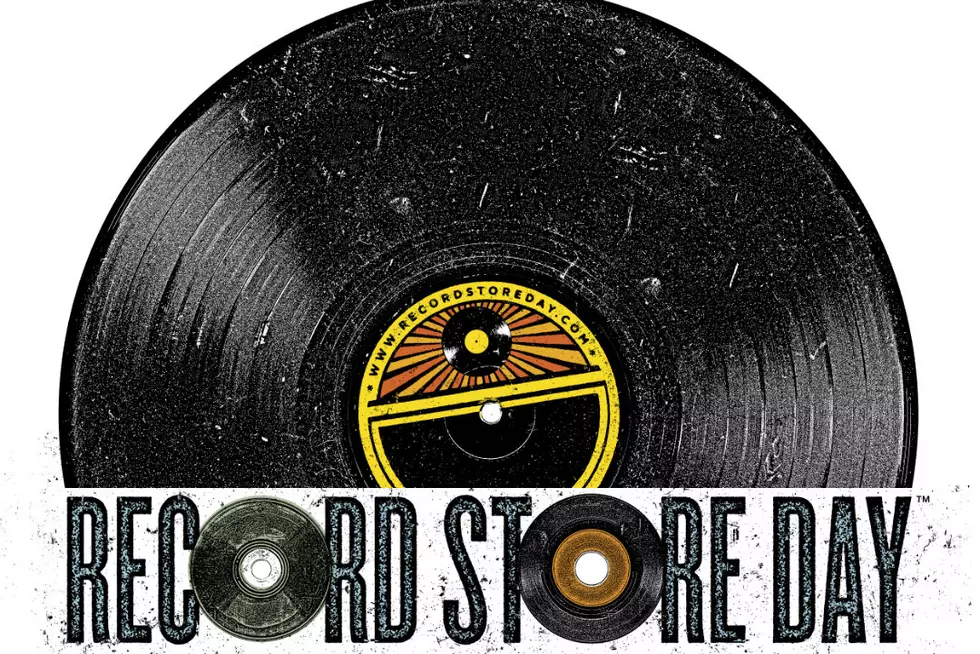When Bob Dylan Went Electric at the Newport Folk Festival
Bob Dylan is a riddle. Scholars and amateur musicologists dedicate their lives to untangling the man from the myths: The motorcycle crash that nearly killed him vs. the spill that became an excellent excuse to play hooky from fame. He chose his stage name in honor of Dylan Thomas or he got it from Gunsmoke's Marshall Dillon. There are more Dylan legends than there are Dylan albums -- and the real treasure trove of Bob stories is the 1965 Newport Folk Festival.
Elijah Wald's 2015 book Dylan Goes Electric: Newport, Seeger, Dylan, and the Night That Split the Sixties might prove to be the last word on the subject, and if so, Dylan scholarship will be all the better for it. Reading accounts of the events of July 25, 1965 borders are maddening. Even what should be the most easily verifiable bits of information vary between articles. Attendance, for example:
A segment of the 17,000-member audience had been booing since he opened with "Maggie's Farm," upset that Dylan had appeared with an electric band. - Mark Myers, Jazzwax
When young folk sensation Bob Dylan took the stage on July 25, 1965 at the Newport Folk Festival, a crowd of nearly 100,000 waited expectantly. -- Jess Righthand, Smithsonian
So it goes. Some articles have organist Al Kooper backing up Dylan on guitar, others have the man behind the "Like a Rolling Stone" organ sound at his rightful place on the keys. That one is resolved by simply by watching the footage, where blues guitar great Mike Bloomfield is clearly on display:
Perhaps the biggest fallacy of all is the one perpetuated in the title of this little essay: That Newport '65 marks the day that Dylan suddenly discovered electric instruments in particular and rock and roll in general. Newport marks the first appearance of famous folk troubadour Bob Dylan sporting a Strat, but the young man holding that guitar had been rocking since his teens. Back when he was Robert Zimmerman, a '50s-era high school student, he was a member of the Golden Chords, a typical high school band that played popular cover tunes. He even toured as a member of teen idol Bobby Vee's band under the pseudonym Elston Gunn.
The shift came in 1959 when Dylan moved to Minneapolis and immersed himself in folk music. "I had no other cares or interests besides folk music," he wrote in Chronicles, Volume 1. "I scheduled my life around it. I had little in common with anyone not like-minded ... First thing I did was go trade in my electric guitar, which would have been useless to me, for a double-O Martin acoustic."
Three years later he released his self-titled debut and a folk legend was born. Dylan was hailed as the rightful heir to the Woody Guthrie throne, and befriended by the leaders of the scene, like Pete Seeger.
That didn't change his rock and roll roots, though. Four months prior to "going electric" at Newport, Dylan released the album Bringing It All Back Home, which contained both an acoustic and an electric side. The single "Subterranean Homesick Blues" cracked the Top 40, peaking at No. 39. A month later the Byrds released their version of the album's "Mr. Tambourine Man." The song went to No. 1 and coined a new phrase in the music press: folk-rock.
Dylan the folkie was being out-Dylaned by the electric folkies. Not only that, he'd been stuck in a box -- several boxes, actually: folk artist, spokesman of a generation, poet, on and on. In Chronicles he wrote:
[In '64] Ronnie Gilbert, one of the Weavers, had introduced me at one of the Newport Folk Festivals saying, "And here he is...take him, you know him, he's yours." I had failed to sense the ominous forebodings in that introduction. ... As far as I knew, I didn't belong to anybody then or now. ... but the big bugs in the press kept promoting me as the mouthpiece, spokesman, or even conscience of a generation.
What a tremendous amount of pressure for a 24-year-old kid. On one side the folkies were demanding that he be their standard bearer, on the other the press (and the fans) insisted on making him more than a guy who sang songs "that were dead straight and expressed powerful new realities," and right up the middle ran the Byrds with the commercial success that rightfully should have been his.
March's Bringing It all Back Home offered a taste of electric Bob, but on July 20, 1965 the world got the full meal when "Like a Rolling Stone" was released as a single. Five days later he was on stage at Newport.
Dylan wasn't even the first electric performer at Newport that year. Lightnin' Hopkins played an electric set that generated no controversy, likely because it was straight blues, no rock.
The real trouble started with future Rock and Roll Hall of Famers Paul Butterfield Blues Band, whose flavor of Chicago blues didn't go down well with the jug and washboard crowd. Allegedly musicologist and festival organizer Alan Lomax gave the band a pretty shoddy introduction, which led to a fistfight backstage with Dylan's manager, Albert Grossman. Howard Sounes reports in his book Down the Highway, the Life of Bob Dylan that the singer decided at that moment that he was going to play an electric set.
That night Dylan rehearsed along with organist Kooper, pianist Barry Goldberg and most of the Paul Butterfield Blues Band and came out blazing the next day with a four-song set.
This is where the legends start up again. Some like to claim that Pete Seeger threatened to take an axe to the power cables, others claim that he actually tried to. Allegedly he was using an axe and a chunk of wood as a percussion instrument during his own set, so perhaps that's the root of the story. Seeger himself later claimed that he made such a threat, but only because the mix was so bad that nobody could hear Dylan's lyrics.
Another claim is that the irate crowd threw things at Dylan, which is partially true. After the short electric set, he returned for an acoustic encore only to discover that he was short one E harmonica. Footage exists of Dylan requesting that if anyone has one to toss it up on stage followed by the clunk clunk clunk of a shower of harmonicas.
The big one, of course, is the the booing. Listen to the end of the "Maggie's Farm" clip at the head of this article and you'll clearly hear the boos, but what are they all about? The popular opinion is that the folk crowd were shouting their disapproval of Dylan's turn toward folk-rock, but others claim that the audience was objecting to the poor sound quality. Band member Kooper (and others) claim that the crowd was upset by the short set.
What happened next was an all-too familiar phenomenon in the internet age. The crowd that once venerated Dylan turned him into a villain, aping the stories that they heard from Newport when the newly electric Bob rolled into their town, and he did his part by giving it back to them. The most famous of these interactions, the "Judas" shout, happened nearly a year later and in Manchester, England, but it has found its way into some versions of the Newport tale, too.
So what's truth and what's legend? In the end it doesn't really matter. Since then, Dylan has ventured into whatever genre of music he feels like: country, rock, standards, even Christmas songs.
In retrospect, that may have been a statement more important than electrified folk -- that we don't need to be sit passively in the little boxes that others wish to keep us in.
25 Bands You Won't Believe Aren't in the Rock and Roll Hall of Fame Yet
More From Diffuser.fm









